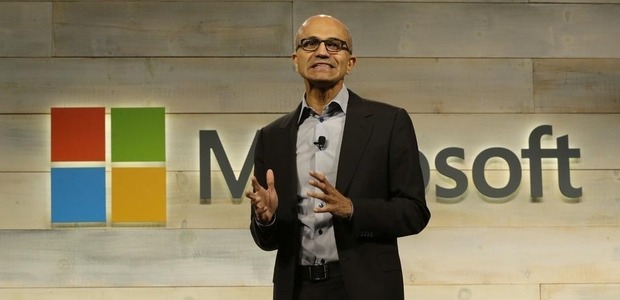advertisement
Microsoft will surprise in 2015
You may have noticed that I take a rather cynical view of Microsoft. But I think I am able to…

You may have noticed that I take a rather cynical view of Microsoft. But I think I am able to recognize when it does good things.
As a matter of fact, I think the company made some smart moves in 2014, and it’s going to benefit from them in 2015.
One of those smart moves was to try to move beyond the fiasco that was Windows 8. Yes, Microsoft took its own sweet time in realizing just what a moronic blunder Windows 8.x’s Metro was, but it now is in the process of shoving that awkward interface into the background with Windows 10 (now in beta), bringing back the kind of windows, icon, menu and pointer (WIMP) interface that desktop users prefer.
advertisement
True, the company needs to do much better in the quality assurance (QA) area. The blunders Microsoft has been making in Windows 10 are sort of understandable (it’s still beta, after all). I still don’t understand, though, how a change to Internet Explorer 11 can foul up an operating system update if, and only if, you have Office installed. No, what I find of much greater concern is an overall pattern of sloppy coding. An Exchange update that knocks out Outlook? Windows 7 patches that block other security patches? If Microsoft doesn’t make QA job number one on the desktop in 2015, Windows 10 may yet prove a flop.
It just may be, however, that Microsoft wouldn’t be that worried if Windows 10 didn’t take off.
I’m serious.
advertisement
Look at what else Microsoft has been up to in 2014. Midyear, it released a version of Office for the iPad that was newer than the one on its own Surface devices. It followed that up by starting to bring Office to Android tablets. I’m a beta tester for this, and guess what. It’s not bad.
Of course, to fully make use of either one you’ll need an Office 365 subscription.
But wouldn’t that mean that Microsoft is turning from its old role as a purveyor of proprietary software into more of a service and cloud company? Yes, and I think that’s exactly what it’s up to.
advertisement
This view is bolstered by taking a close look at Microsoft’s most recent quarter. Its Devices and Consumer revenue increased by a respectable 47 per cent, but its Commercial group revenue rose only by 10%. But when you peer more closely at the Commercial group, you see that revenue for cloud computing software and services like Office 365, Azure and Dynamics CRM exploded upward by 128 per cent.
No one ever accused Microsoft of being blind to growth opportunities, and that’s certainly what the cloud and related services look like to me.
OK, it’s not exactly a jolt to say that Microsoft is going to pay more attention to the cloud. But how about this for a surprise? It’s going to make nice with Linux. Don’t take it from me. This is what CEO Satya Nadella had to say this year: “I love Linux.”
Now, there’s a break with the past for you. But why would Nadella say that?
Again, it’s the cloud and services. Microsoft knows for a fact that businesses want Linux servers on their clouds, and so that’s what Microsoft is delivering via Azure.
I’m not saying we’re going to see a desktop release of something with a name like MS-Linux, but an MS-Linux for the cloud isn’t out of the question at all.
I really can see it.
I can also see 2015 being the year that Microsoft finally buries the hatchet with Red Hat, the leading enterprise server Linux distributor. On Azure, Microsoft already supports CoreOS, Oracle Linux, openSUSE, SUSE Linux Enterprise Server and CentOS. But to really get Linux customers on board it needs to support Red Hat Enterprise Linux as well. And 2015 will be the year it happens.
Of course, Microsoft’s old proprietary ways would make MS-Linux on Azure a tough sell. The open-source crowd has never wanted anything to do with that Microsoft. That’s why it’s significant that Microsoft is getting more involved in open-source development.
Sure, there are limits it’s not about to cross. I mean, you’re never going to see Microsoft open-source Windows. (And I hate to think how the open-source community would react to the deplorable state of that code.) But Microsoft is opening newer products, such as Project Orleans for Halo and .Net for servers. That’s kind of amazing.
So the real story from Microsoft in 2015 won’t be Windows 10. Oh, it will get the headlines, some of them on stories that I’ll write. But the real news, the news that will change the bottom line, will be in clouds, services and open source.
That’s a big deal. What it means is that Microsoft 2015 will no longer be the company that Bill Gates made and Steve Ballmer almost ruined. It’s a whole new Microsoft, and I, for one, will be very interested in seeing how it all works out.